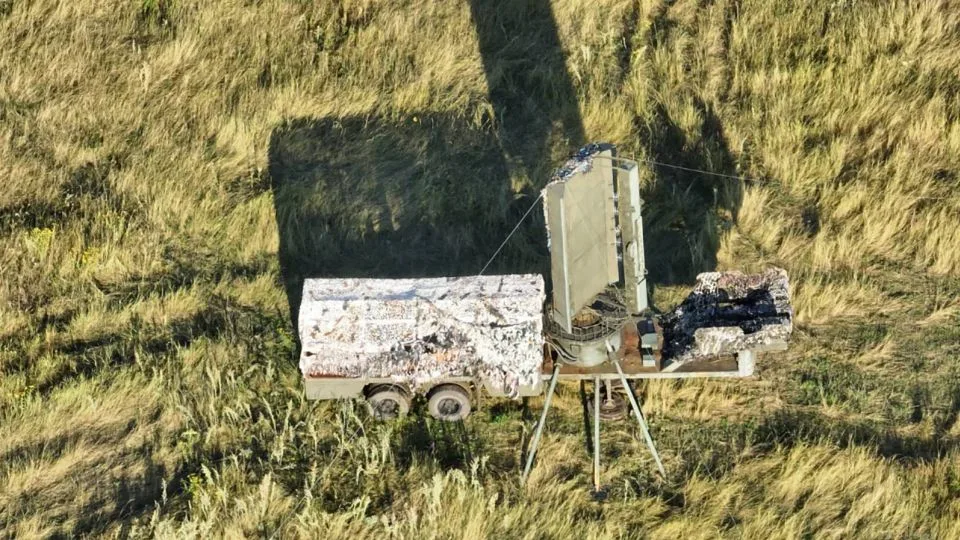Sometimes the simplest ideas are the best ideas.
Today I happened to find an article on Yahoo that brought back some Air Force memories — “True to Life But Without the Price Tag: The Decoy Weapons Ukraine Wants Russia to Destroy” by Melissa Bell, Daria Martina Tarasova and Pierre Bairin, CNN (https://currently.att.yahoo.com/news/true-life-without-price-tag-051313104.html).
In the late 1980s, I worked on a program with a small company in Arizona to develop decoy fighter planes. They were continuing a major part of any war — deception. For example, in January 1944 a “Ghost Army” capable of simulating two complete divisions was activated to support the U.S. Army’s World War II operations in Europe (https://www.nationalww2museum.org/visit/exhibits/traveling-exhibits/ghost-army-combat-con-artists-world-war-ii).
Today, it appears the Ukrainians are taking full advantage of deception by using common, inexpensive items like plywood and sewer pipes to build structures resembling expensive military weapons. Earlier, before the Russian attack, the purpose was to make Ukraine appear more capable than it actually was. Now the objective is to trick the Russians into using expensive resources to attack worthless targets as quickly as possible. It can be easier than it sounds. Create an item 90 percent of a weapon’s real size, and observers can’t tell the difference.

Unfortunately, my program was cancelled when the Cold War ended. But I know these fakes can be very effective. I was able to visit the contractor once to inspect prototypes. Their small facility was located at the airport, and on the way home our departing flight passed right over it. I remember my civilian seatmate remarking as we climbed out, “I see an F-16 in a parking lot. How did they get that plane in there?”
